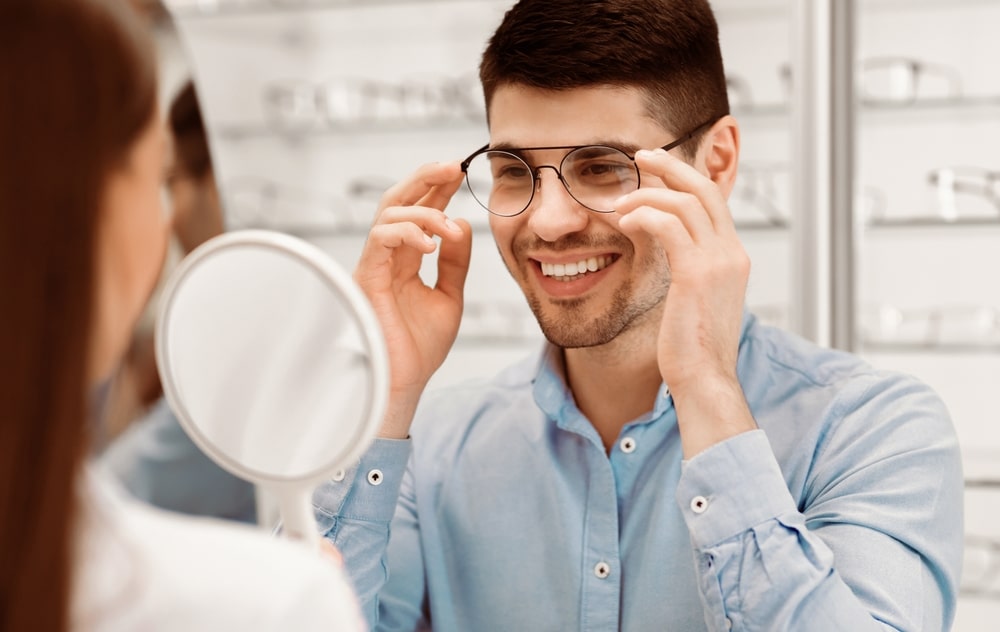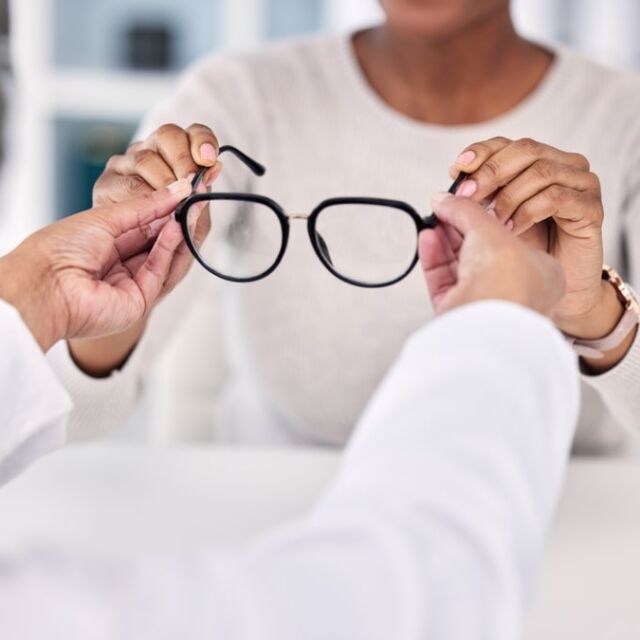Your eyewear is more than just a vision correction tool; it’s an extension of yourself. They influence how clearly you see the world, as well as how the world perceives you. A truly exceptional pair of glasses offers a seamless blend of visual acuity, all-day comfort, and personal style. However, the journey from prescription to perfect fit is a complicated one that demands precision, technical expertise, and a deep understanding of your visual requirements.
Deciphering Your Vision Needs
Your eyewear prescription serves as a blueprint, providing your optician with the information they need to craft lenses that precisely correct your vision. Key components of your prescription include:
- SPH (Sphere): This indicates the degree of correction for nearsightedness (minus sign) or farsightedness (plus sign).
- CYL (Cylinder) & Axis: Specify the lens power and orientation needed to correct astigmatism, a common condition causing blurred vision due to an irregularly shaped cornea.
- ADD (Addition Power): Relevant for multifocal lenses, this value denotes the extra magnifying power required for near vision tasks like reading or computer use.
- PD (Pupilary Distance): This measurement represents the distance between the centres of your pupils and ensures the optical centre of your lenses aligns with your eyes for optimal focus and comfort.
While your prescription lays the groundwork, the selection of the right frames and lenses is equally vital in ensuring your eyewear effectively supports your vision and compliments your daily life.
The Importance of a Precise Fit
The fit of your glasses goes beyond aesthetics. Poorly fitted eyewear can lead to a variety of issues, including headaches, general discomfort, and compromised visual clarity. Conversely, well-fitted eyewear ensures comfort and peak optimal performance through:
- Optimal frame width: The frame should comfortably span your face without being too tight or too wide, ensuring a balanced and secure fit.
- Proper bridge fit: The bridge, the part of the frame that rests on your nose, should sit comfortably without slipping, pinching, or leaving pressure marks.
- Accurate temple length: The temple arms should extend comfortably behind your ears, providing a secure hold without causing any pressure or discomfort.
- Precise lens placement: Ensuring the lenses are correctly positioned in front of your pupils helps your eyewear achieve the intended visual correction.
Choosing the Right Lenses
Lenses aren’t a one-size-fits-all solution. The ideal lens for you depends on your prescription, your lifestyle, and your daily activities. While single-vision lenses can correct either near- or far-sightedness alone, progressive lenses can help you transition from distance and near vision correction. Specialized lenses may include filters to block blue light, UV rays, or glare.
Finding The Ideal Frames
Your frames are a reflection of your personal style. They also play a role in the comfort and functionality of your eyewear. Your optician can help you find frames that hit all the key considerations:
- Complementing your face shape: Certain frame styles are known to better complement specific facial contours and features.
- Materials: Metal, acetate, and titanium each offer distinct advantages in terms of weight, durability, and flexibility.
- Weight and comfort: Lighter frames are generally more comfortable for extended periods of wear.
Experience the Perfect Fit at Eyewear Experts
Exceptional vision begins with an accurate prescription, but the journey to great sight culminates in a pair of perfectly fitted glasses. At Eyewear Experts, we’re dedicated to ensuring that every pair of eyewear we dispense is custom-fitted for maximum comfort, optimal vision, and confident style.
Ready to experience the perfect eyewear for your lifestyle? Schedule an appointment with Eyewear Experts today!





